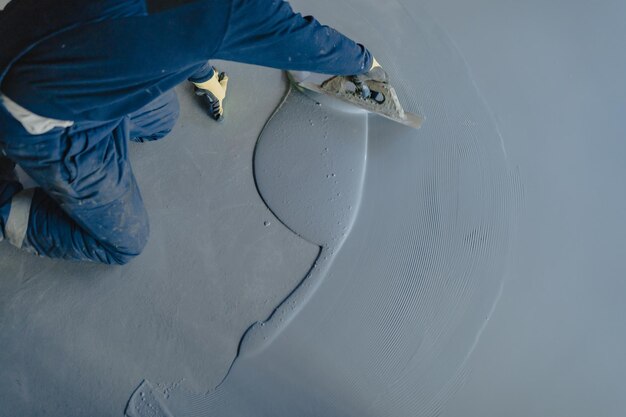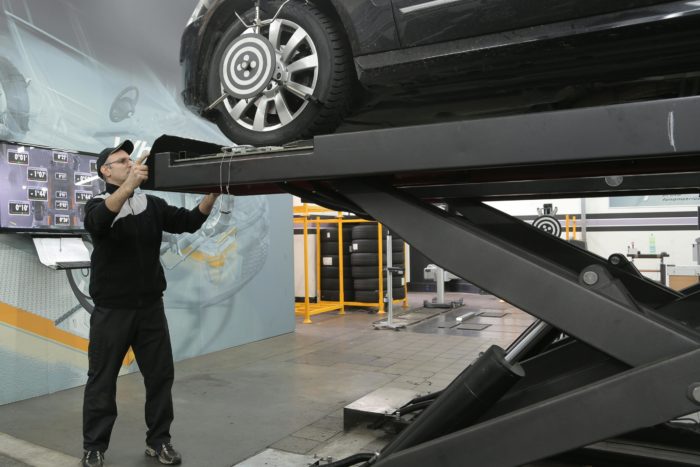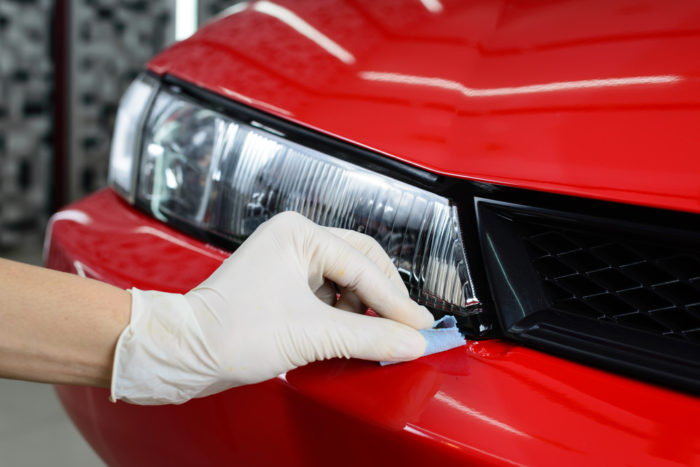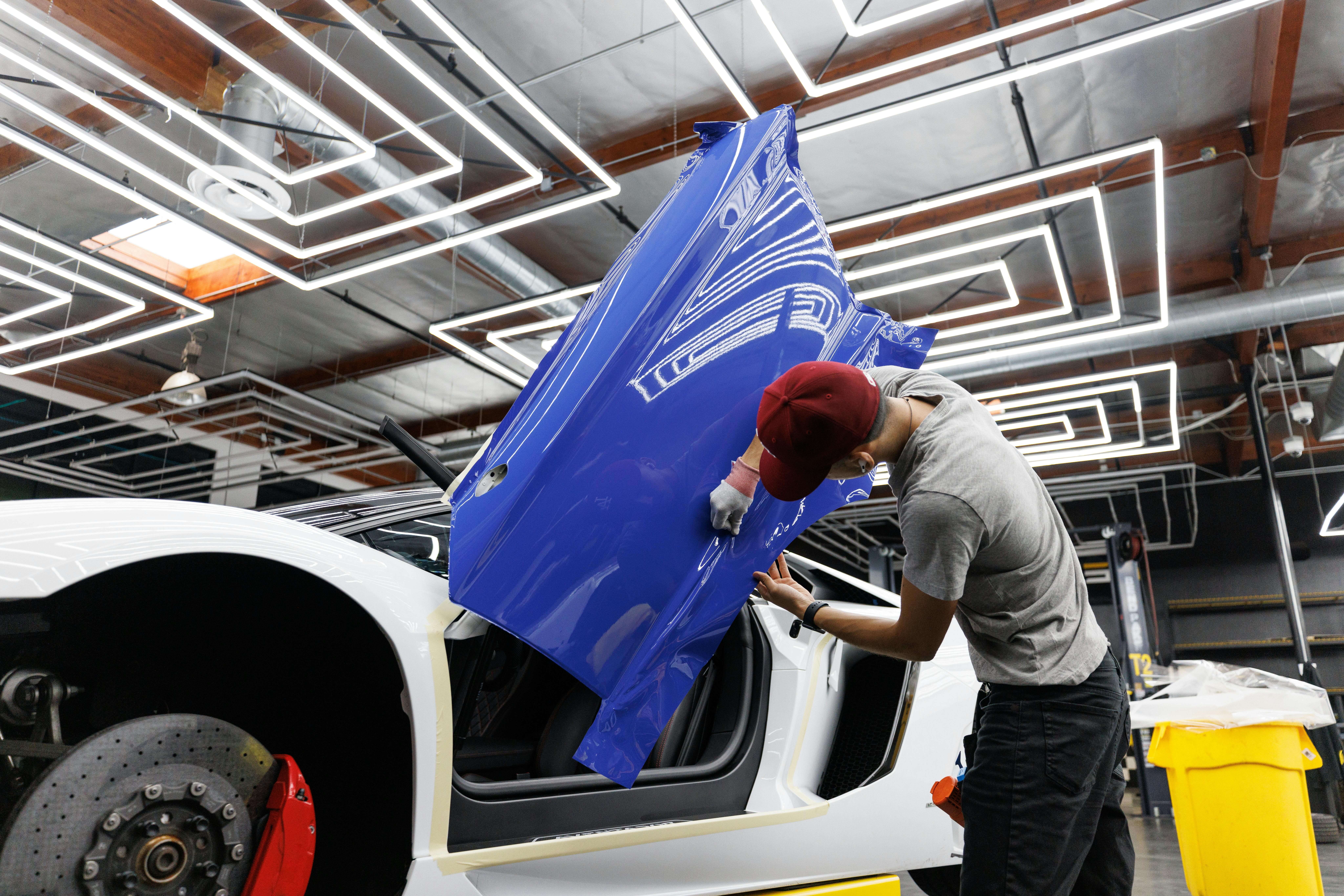Can You Repaint A Car Over Old Paint?
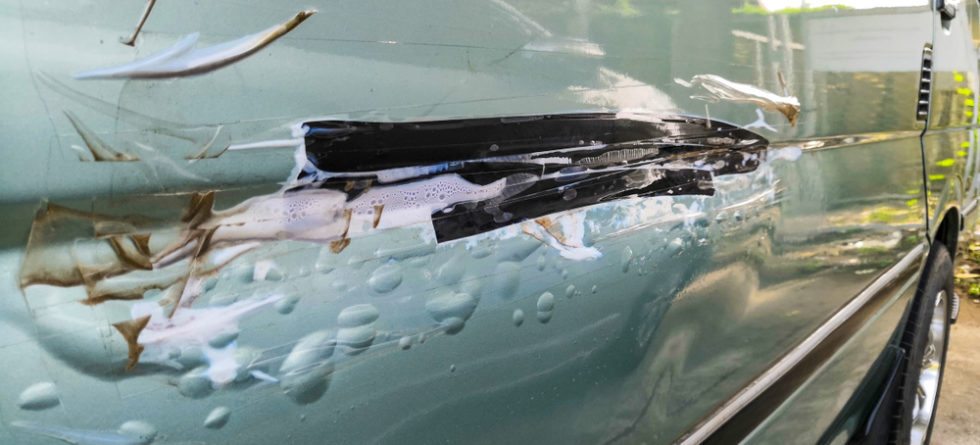
Yes, you can repaint a car over old paint, but the success and durability of the new paint job significantly depend on the preparation process and the condition of the existing paint.
Contents
hide
Here are the key steps and considerations for repainting a car over old paint…
1. Assess the Condition of the Existing Paint
- Good Condition – If the existing paint is in good condition (no peeling, bubbling, or extensive rust), you can repaint over it with proper preparation.
- Poor Condition – If the existing paint is in poor condition, it may need to be stripped or thoroughly sanded down to ensure the new paint adheres properly and looks good.
2. Clean the Surface
- Thoroughly wash the car to remove all dirt, grease, and contaminants. A clean surface is for the new paint to adhere properly.
3. Sand the Existing Paint
- Sanding the old paint creates a rough surface that helps the new paint adhere better. Use fine-grit sandpaper (e.g., 400 to 600 grit) to lightly sand the entire surface. You’re not trying to remove all the old paint but to scuff the surface to improve adhesion.
- For areas with chips or scratches, sand more thoroughly to smooth out the imperfections.
4. Repair Damages
- Address any dents, scratches, or rust spots. Fill dents with body filler and sand them smooth. Treat rusted areas by removing the rust and applying a rust inhibitor.
5. Prime the Surface
- Apply a high-quality automotive primer over sanded areas or the entire car if needed. Primer not only helps with paint adhesion but also ensures a uniform color application.
6. Mask Off Areas
- Use masking tape and paper to cover windows, mirrors, trim, and any other areas you don’t want to paint.
7. Apply the Paint
- Apply the paint in multiple thin layers, allowing adequate drying time between coats. Using thin coats helps prevent runs and drips and ensures a more even finish.
8. Apply Clear Coat
- After the final coat of paint has dried, apply a clear coat to protect the paint and add gloss. Like with the paint, apply the clear coat in several thin layers.
9. Polishing (Optional)
- Once the clear coat is fully cured, you can polish the car to achieve a high-gloss finish.
Considerations
- Quality of Paint – Use high-quality automotive paint designed for exterior use on vehicles. This ensures durability and a finish that matches the original paintwork.
- Environment – Paint in a clean, dust-free environment to avoid imperfections. Temperature and humidity can affect paint drying and finish, so follow the manufacturer’s recommendations.
- Safety – Use appropriate safety gear, including masks and goggles, to protect yourself from fumes and dust.
Repainting a car over old paint is a viable option, especially if the existing paint is in relatively good condition and you’re prepared to do the necessary prep work. While it can be a time-consuming process, proper preparation is key to achieving a durable and visually appealing finish.


